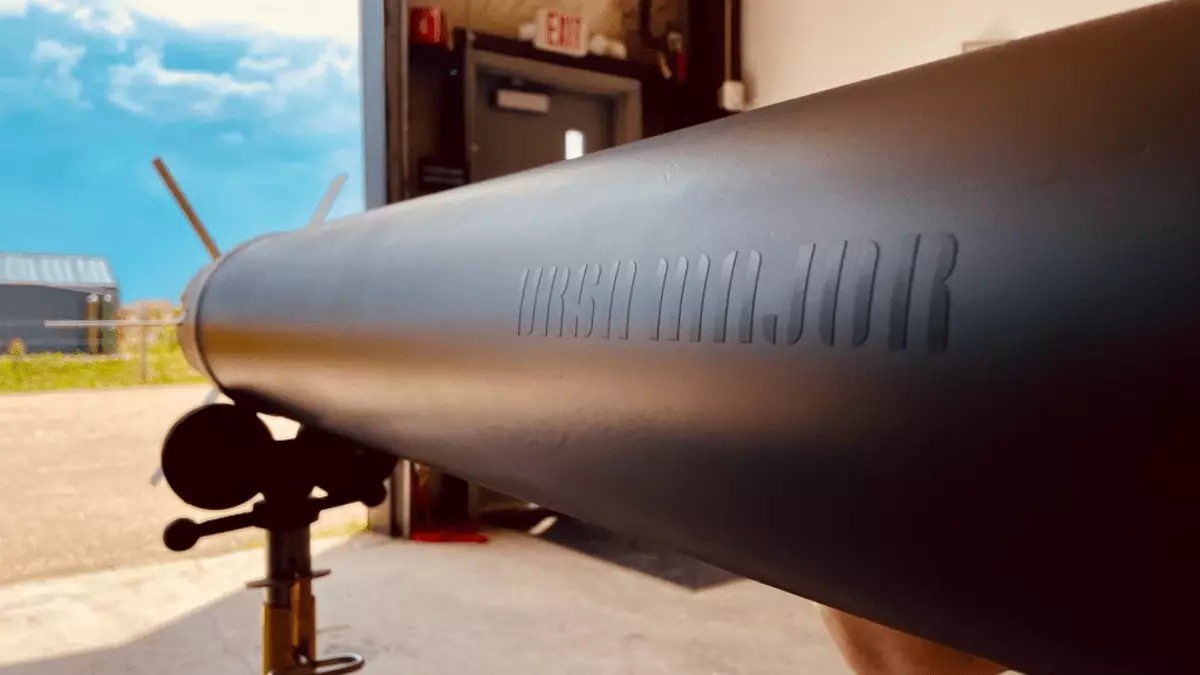In a significant development for the defense sector, Ursa Major, a pioneering startup specializing in the creation of rocket motors using cutting-edge 3D printing technology, has secured a substantial contract worth $12.5 million from the U.S. Department of Defense’s Office of Strategic Capital (OSC), alongside the U.S. Navy. This funding aligns with the broader strategic intention to enhance the nation’s capabilities in solid fuel rocket engine development, an area that has been hindered by a limited production capacity among traditional manufacturers. With a total backing now reaching $25 million, this partnership represents a critical step forward for both Ursa Major and the nation’s defense technology landscape.
As the ongoing conflict in Ukraine underscores the urgency of defense resource allocation, Ursa Major’s contract highlights a pressing issue faced by the U.S. military: the dwindling supply of solid rocket motors. With only a handful of companies capable of producing these crucial components, the military is increasingly aware of the risks associated with a concentrated production base. Bill Murray, Ursa Major’s Chief Product Officer, has articulated the frustrations surrounding traditional manufacturing timelines, which can extend from five to 18 years for replacement motors using outdated techniques. This reality not only impairs response times but also highlights the need for innovation in production methodologies.
Ursa Major exemplifies a transformative approach to rocket engine production through its use of 3D printing, or additive manufacturing. This modern technique allows for the production of complex engine parts in far shorter timeframes compared to conventional manufacturing processes, which can take over a year. By synthesizing intricate components into a singular piece, Ursa Major significantly reduces the complexity and time associated with construction, thereby enabling rapid prototyping and design iteration. This agility and efficiency are vital in addressing the current demands of rocket motor production for the military landscape.
The OSC’s inaugural investment points to a pivotal moment within the defense funding landscape, which has faced various bureaucratic challenges since its inception in 2022. Originally tasked with attracting private capital to enhance defense technology, the OSC’s funding of Ursa Major serves as a beacon of hope for the private sector’s involvement in defense innovation. The Navy’s backing further underlines this commitment, illustrating a clear government interest in fostering advancements that can bolster national security and technological prowess.
Founded in 2015, Ursa Major has already demonstrated its potential through previous government contracts, such as one awarded by the U.S. Air Force Research Laboratory for the development of a hypersonic engine. As the landscape for defense contractors evolves, the support from governmental entities signals a robust endorsement of innovation-driven companies. Murray’s assertion that this investment is a testament to the military’s commitment to supporting technological advancements encapsulates a hopeful vision for what lies ahead in rocket motor production. The journey of Ursa Major may very well become a case study in the successful marriage of public funding with private innovation, fostering a future where defense capabilities are agile and responsive.
Ursa Major’s work is poised to change the narrative in rocket engine production, ultimately securing a competitive edge for the U.S. in a rapidly evolving global defense environment.

